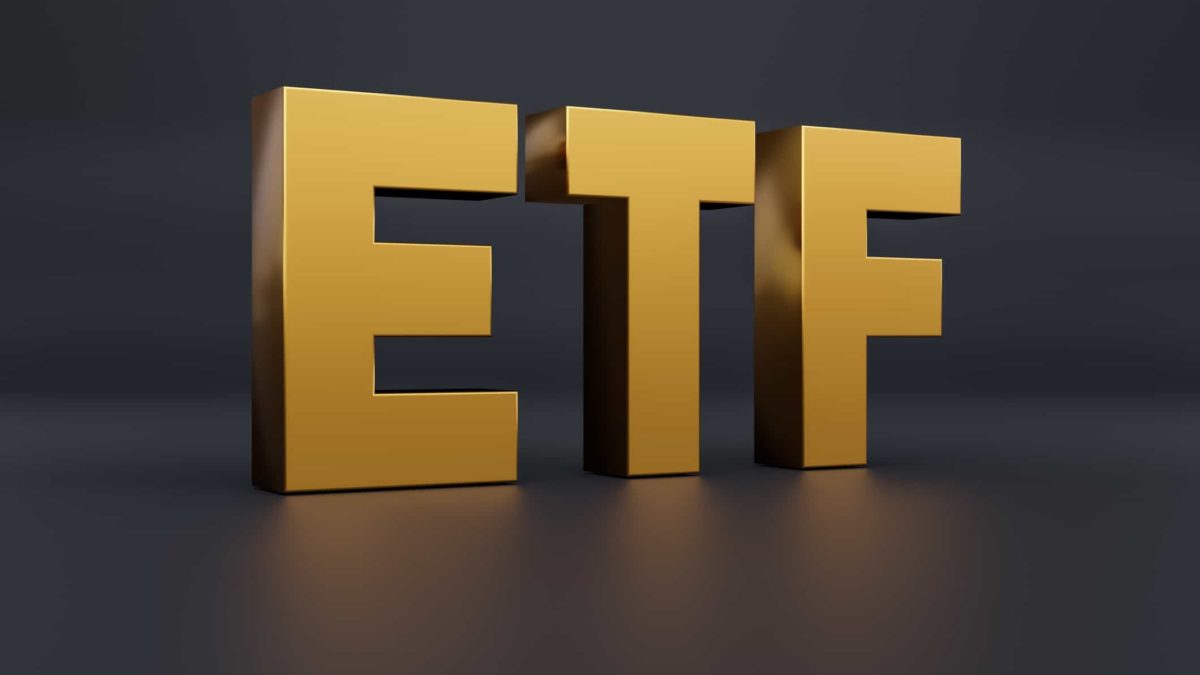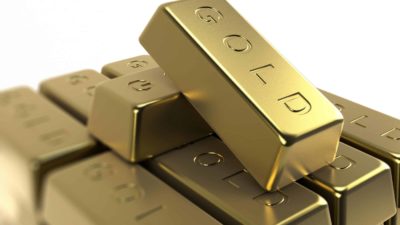Interest in buying gold has understandably spiked in 2024, thanks to the precious metal smashing through its previous all-time high. This has been a huge win for any ASX investor who owns physical gold bullion, of course. But it has also given those who own ASX gold exchange-traded funds (ETFs) a major windfall.
Investors who want exposure to gold love the ETF structure as it negates many of the negative aspects of traditional gold investing. Gold bullion, whether it be in coin or bar form, requires its owners to take delivery, transport, store and in many cases insure, one of the heaviest metals on the planet. This can be a costly exercise. And since gold pays no yield, these costs can significantly weigh (no pun intended) on the benefits of owning gold in its physical form.
In contrast, gold ETFs allow investors to have a financial stake in the yellow metal without ever having to see, or hold, their investment. This comes at a cost of course, with all gold ETFs charging management fees for their services. But even so, many investors appreciate the simplicity of taking this path towards gold ownership.
So today, let's discuss three ASX gold ETFs that are available on the Australian stock market.
3 ASX gold funds that anyone can invest in
Global X Physical Gold ETF (ASX: GOLD)
This ETF, formerly known as the ETFS Physical Gold ETF, is the largest of its type on the ASX, with almost $3 billion in funds under management (as of 28 March).
When investors buy units of this ETF, those units are allocated to physical gold bullion holdings. These are stored in a bank vault in London on behalf of the fund. Investors can even exchange their units for the physical metal if they wish (for a fee).
Speaking of fees, this ETF charges a management fee of 0.4% per annum. That's $4 every year for every $1,000 invested.
Perth Mint Gold (ASX: PMGOLD)
This offering is a rather unique one, as it is provided by the Perth Mint. The Perth Mint is, in turn, fully owned by the State of Western Australia, which provides a government guarantee over its gold and associated investments and products.
This ETF works similarly to the one we just discussed. Every investment is allocated a physical gold backing with Perth Mint Bullion, with the units interchangeable for the precious metal.
PMGOLD has $828 million in assets under management and charges a management fee of 0.15% per annum.
BetaShares Gold Bullion ETF – Currency Hedged (ASX: QAU)
Our final gold ETF is one offered by provider BetaShares. This ETF works similarly to the other two on this list – with one major exception. QAU also utilises a physical store of gold bullion to back its fund. But in addition, it uses currency hedging instruments to shield ASX investors from movements in our local currency.
Gold is always priced in US dollars on the international market. That means that the cost of gold for Australian investors always has to be converted from its cost in US dollars first before it is quoted. This means that movements in our currency's value against the greenback have just as much influence on the price of gold as the changes in the value of the yellow metal itself.
As such, currency fluctuations affect the value of both PMGOLD and GOLD units. But the BetaShares Gold Bullion ETF takes this factor out of the equation. This means that the value of its units theoretically won't change with normal currency fluctuations, only on the price of gold.
Some investors might appreciate this added feature of this ASX gold ETF.
QAU charges a management fee of 0.59% per annum and currently has $564.7 million in assets under management.









